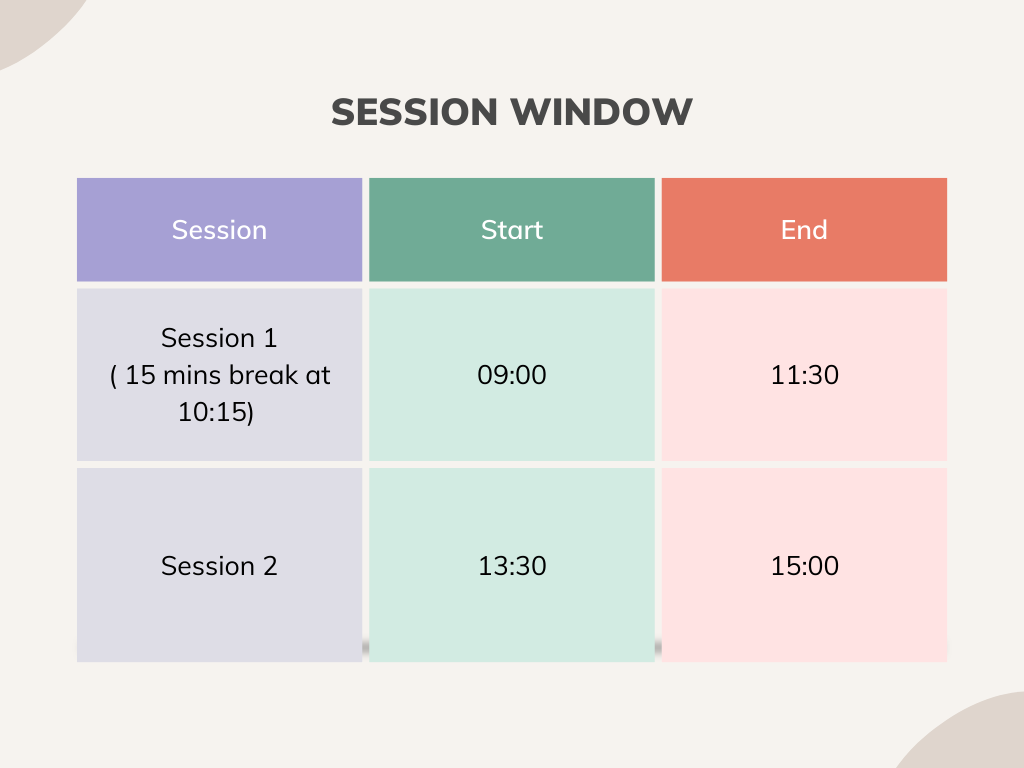Spread trading is a method of trading that involves simultaneously buying one security and selling a related security. These securities are often referred to as “legs” and are used in both futures and forex markets.
To engage in such forms of trade, Orient Futures Singapore offers a series of trading platforms, software with add-ons, and plugins to empower traders to trade efficiently. Contact us for our customer service team to provide the best solutions to your trade needs.
Next, this article will be a detailed guide that covers the basics of spread trading and the key segments of spread trading.
What To Look Out For In A Contract
Firstly, before engaging in spread trading, it is important to be able to examine a trade contract.
For example, in a contract from SGX Specified Rubber (TSR20) Futures. The crucial details are as follows:
Ticker Symbol: TF
Contract Months: Jan – Dec
Contract Size: 5 MI
Trading hours: local 07:55 – 18:00
Expiration Date: (Last Trade) 04/29/2022
Where to Start
To start, look for products with similar profiles, or products of similar nature.
When two products of similar value are sought, the supply and demand dynamics are likely to be the same, and the way to trade them will be similar.
Additionally, some exchanges list a calendar spread which can be referred to and used for trading effectively.
How to Determine When is The Right Time to Trade
Firstly, seasonality and statistics are crucial for reference. A significant number of positives in the hit map may indicate that the market for trading is bullish, while negatives may indicate a bearish month.
Secondly, find out about the term structure of the commodity or product. A term structure is a graphical representation of the relationship between the price of the forward contract and the time to maturity.
There are 2 main types of term structures, the first is contango. The price of the spot months is traded lower than the price of the future contract. This can be due to the cost of carry from products such as commodities.
The second is the opposite, which is backwardation. The spot month is traded higher than the price of the futures contract, this is caused by supply disruptions or a sudden spike in supply.
Both the above factors, seasonality, 及 term structure provide an indicator for reference, at the same time, a trader should consider other factors such as fundamentals, which can change.

Spread Trading Example
To demonstrate the usage of spread trading between pairs, the following are some examples:
2 Types of Spread Trading
- Calendar spread: Buying SGX TF Nov 22 vs Selling SGX TF Dec 22
- Inter-Exchange spread: Buying INE NR Nov 22 vs Selling SGX TF Dec 22
Spread Formula
INE NR Price (USD/mT) – SGX TF Price (USD/mT).
Or to replace with the exchange prices with the pairing of choice.
Spread Ratio
1 NR (10mT) – 2TF (5mT)
Ideally, the contracts are best traded when the windows of both exchanges SGX and INE are active. In this example, the time is shown in the diagram below:

Basis of Spread Pairing
Fundamental basis for pairing among currencies is grounded in the concept of correlation and cointegration.
Correlation is the mutual relationship or connection between two or more products. It can be positive, negative, or non-existent, however, it is important to remember that correlation doesn’t mean causation. For example, a positive correlation trend may not always mean that it will continue that way as fundamentals change.
Cointegration is a measure of how close a pair is traded, in which, if one starts to diverge, it can provide a trading opportunity.
Why Do Spread Trading
Spread trading allows for a lower margin advantage as what is bought is a fraction of the outright price offered by the exchange.
This strategy also reduces risks considerably. When trading a spread, it is naturally a hedge with a long leg and a short leg, locked into the profit and loss, this greatly reduces risk in comparison to an outright position.
Alternatively, traders can trade the relative value diversion, for example, when trading within a consistent price differential and the relative value starts to diverge, a trader can make use of the diverging value as a trade opportunity.
Lastly, the seasonal trend of agricultural commodities such as soybean allows for a certain sense of expected speculation. Soybean consists of a planting and harvesting month, in which the annual cycle repeats in the same manner, leading to the shift of fundamentals based on those changes. This opens opportunities for trade.
What are the Drawbacks
While spread trading allows for many benefits, the drawbacks are the high commission from the extra leg/extra lot from the long and a short instead of an outright single lot.
Additionally, the strategy is theoretically sound, but buying and selling on an outright side using trading platforms may result in certain latency issues or slippages.
Lastly, the inter-exchange spread can be problematic if the exchange doesn’t recognize the spread, henceforth, it may negate the margin offset to the profit.
东证期货国际(新加坡)简介
我们是 上海东证期货有限公司的直属全资子公司, 也是东方证券股份有限公司的间接控股子公司。
作为持有新加坡金融管理局(MAS)颁发的《资本市场服务许可证》的机构, 我们也是新交所、 亚太交易所和, 洲际(新加坡)交易所的会员。
我司提供 premium customer service at an affordable cost to all our clients. Our team will 场内衍生品、 及杠杆外汇等多类产品。



